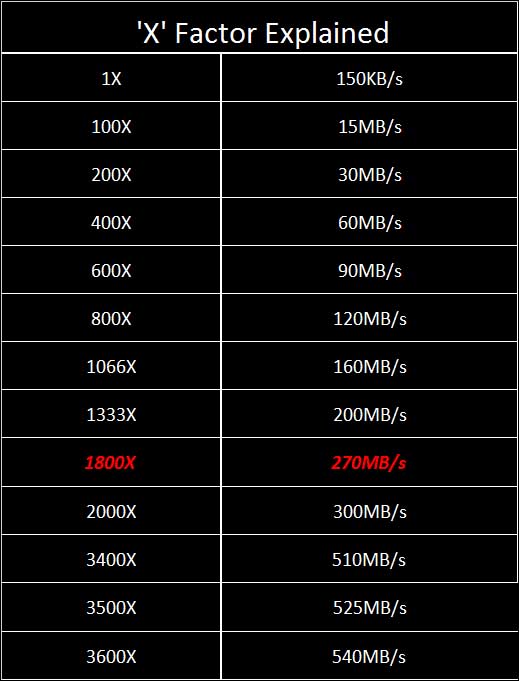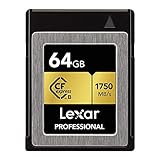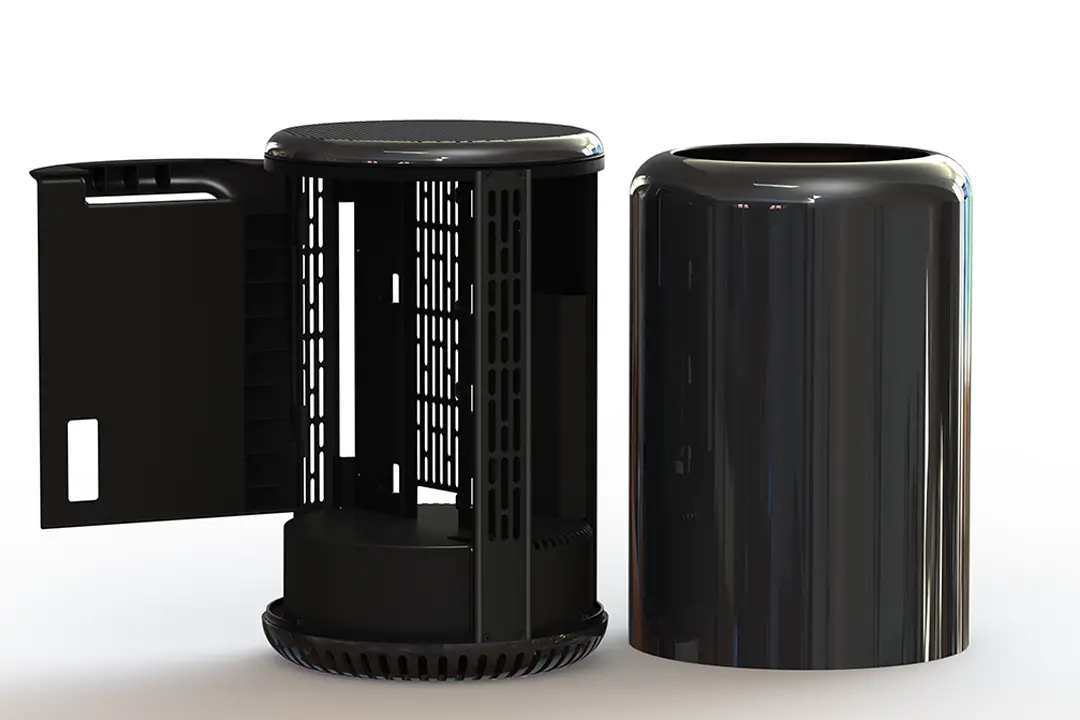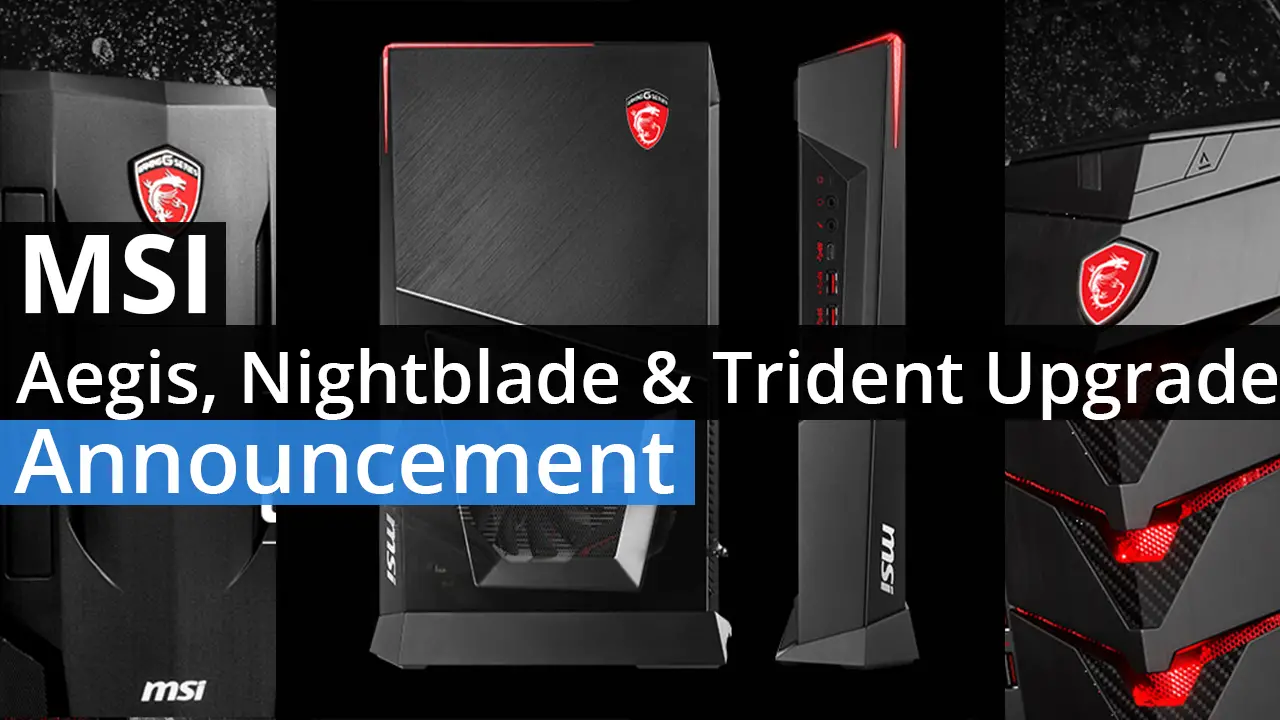After our CFast 2.0 review we did get many questions – and statements – on why we should also take a closer look at the state of XQD storage technology. At first we must admit to being a bit hesitant to undertake this as XQD is a rather oddball storage standard that has not quite taken the world by storm. Rather it, just like CFAST, is a niche storage medium with very specific design and performance goals in mind. Sadly, most of these design goals overlap with CompactFlash, and CFast. To be concise the original XQD never took off because very few cameras support it.
Things do change, and almost overnight they have for XQD. With the advent of the Nikon D5 series it has become obvious that XQD is not going anywhere, and if you are a Nikon fan it is the de-facto new standard you want to invest in. This idea is further reinforced with Lexar’s release of the their Professional 2933X XQD 2.0 series. This new series fully leverages the increased bandwidth abilities the second XQD revision has to offer. More importantly, for the first time since XQD’s inception, this new 2933X series makes a good argument for why consumers should first take notice, and then upgrade their CompactFlash cards to it.
 The first of these is the fact that it is PCI-e based standard that requires a lot less overhead that PATA or even SATA based standards like CompactFlash and CFast. Next, since it is PCIe based, the standard itself can be upgraded quicker and easier than ATA based standards. Also with 200 shot NEF frame buffers now a reality, XQD’s more robust physical design can handle sustained shooting demands better than CompactFlash – and no one wants to overheat and kill their card during a photoshoot!
The first of these is the fact that it is PCI-e based standard that requires a lot less overhead that PATA or even SATA based standards like CompactFlash and CFast. Next, since it is PCIe based, the standard itself can be upgraded quicker and easier than ATA based standards. Also with 200 shot NEF frame buffers now a reality, XQD’s more robust physical design can handle sustained shooting demands better than CompactFlash – and no one wants to overheat and kill their card during a photoshoot!
 Last but not least with this second revision XQD has finally left CompactFlash in the dust. Where that older but still highly successful standard tops out at 1066x, XQD is already nearly three times as fast and will only get faster as time goes by. That is a lot of things going for it, and with such interest from our readers it behooves us to find out if this new XQD is as good as Lexar, and Nikon (who actually specify it when talking about the D5’s and D500’s buffer capacity) think it is!
Last but not least with this second revision XQD has finally left CompactFlash in the dust. Where that older but still highly successful standard tops out at 1066x, XQD is already nearly three times as fast and will only get faster as time goes by. That is a lot of things going for it, and with such interest from our readers it behooves us to find out if this new XQD is as good as Lexar, and Nikon (who actually specify it when talking about the D5’s and D500’s buffer capacity) think it is!
ADVERTISEMENT
Lexar XQD 2933
ADVERTISEMENT
ADVERTISEMENT
Page 1 of 8
ADVERTISEMENT
Leave Comment











